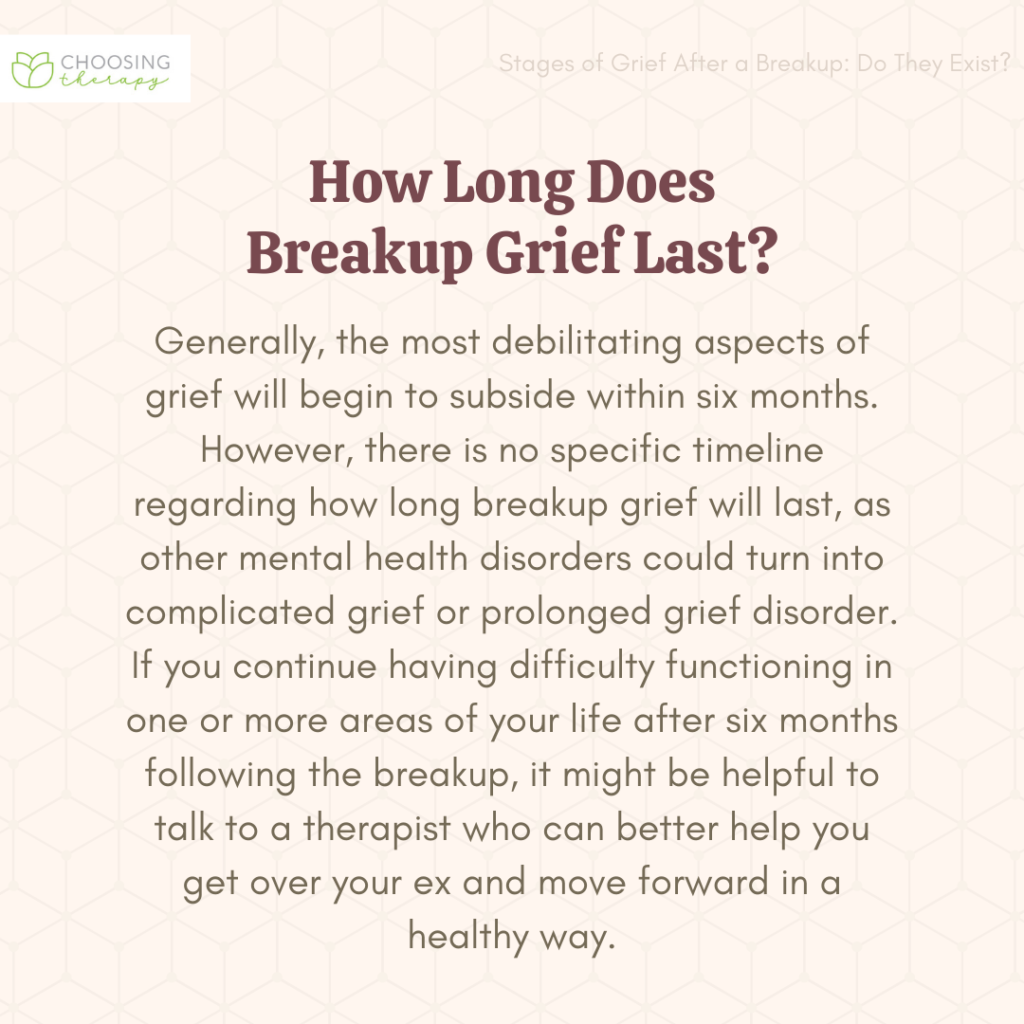How to Let Go After a Breakup: Tips for Moving On Gracefully

How to Let Go After a Breakup: Tips for Moving On Gracefully
The termination of a romantic relationship, regardless of its duration or intensity, invariably precipitates a period of emotional upheaval. Navigating this challenging transition requires a strategic and compassionate approach to oneself. Letting go gracefully involves a multifaceted process of healing, self-reflection, and ultimately, embracing a future unburdened by the past. This comprehensive guide offers a structured approach to facilitate this crucial journey.
Acknowledging and Processing the Grief
The initial response to a breakup frequently involves a complex interplay of emotions: sadness, anger, confusion, and perhaps even relief. Suppressing these feelings is counterproductive; acknowledging and processing them is paramount to healing. Grief, in its various forms, is a natural and necessary component of the letting-go process.
Allowing Yourself to Feel
Resist the urge to minimize or dismiss your emotions. Allow yourself to feel the full spectrum of your feelings without judgment. Crying, expressing anger in a healthy manner (such as through journaling or exercise), or simply allowing yourself time to be sad are all valid responses. Bottling up your emotions will only prolong the healing process.
Seeking Support
Leaning on your support network is crucial during this vulnerable time. Confide in trusted friends, family members, or a therapist. Sharing your experiences can provide valuable perspective, empathy, and a sense of validation. A therapist can provide professional guidance and tools to navigate the complexities of grief and heartbreak.
Journaling as a Cathartic Tool
Journaling serves as a powerful tool for processing emotions. Regularly writing about your feelings, thoughts, and experiences can offer a sense of clarity and release. It allows you to externalize your internal turmoil, making it easier to analyze and understand your emotional landscape.
Severing Emotional Ties and Establishing Boundaries
Letting go extends beyond simply ending the relationship; it encompasses severing emotional ties and establishing healthy boundaries. This stage requires conscious effort and self-discipline.
Minimizing Contact
Limiting or eliminating contact with your ex is essential for healing. This includes avoiding social media, mutual friends who might inadvertently relay information, and any direct communication unless absolutely necessary (e.g., regarding shared property). Maintaining contact, even indirectly, can hinder the healing process and perpetuate feelings of attachment.
Removing Reminders
Physical reminders of the relationship, such as photographs, gifts, or shared belongings, can trigger painful memories and impede progress. Consider putting these items away, giving them to a trusted friend for safekeeping, or donating them. Creating a physical distance from these reminders can create emotional space for healing.
Reframing the Narrative
It's beneficial to consciously reframe the narrative surrounding the breakup. Rather than focusing on what was lost, try to shift your perspective towards what you have gained: newfound freedom, opportunities for personal growth, and the chance to build a brighter future. This reframing is a crucial step in detaching from the past and embracing the future.
Focusing on Self-Care and Personal Growth
The period following a breakup presents an opportunity for significant self-care and personal growth. Prioritizing your well-being is not selfish; it's essential for healing and moving forward.
Prioritizing Physical Health
Engage in regular physical activity, eat nutritious foods, and ensure adequate sleep. These fundamental aspects of health significantly influence emotional well-being. Physical activity releases endorphins, which have mood-boosting effects. A balanced diet and sufficient sleep contribute to overall energy levels and mental clarity.
Cultivating New Hobbies and Interests
Exploring new hobbies and interests can provide a welcome distraction and a sense of accomplishment. This could involve taking a class, joining a club, learning a new skill, or pursuing a long-forgotten passion. Such activities foster self-discovery and contribute to a sense of personal growth.
Investing in Personal Development
Use this time to reflect on your personal growth. What did you learn from the relationship? What are your strengths and weaknesses? How can you improve yourself and become a stronger, more resilient individual? Consider engaging in activities that promote self-awareness and personal development, such as therapy, mindfulness practices, or reading self-help books.
Embracing the Future and Finding New Connections
Healing from a breakup is a gradual process. There will be days when you feel stronger and days when you feel weaker. The key is to maintain a forward-looking perspective and be patient with yourself.
Setting Realistic Expectations
Avoid putting undue pressure on yourself to “move on†quickly. Healing takes time, and it's important to allow yourself the space and grace to process your emotions at your own pace. Avoid comparing your healing journey to others’ experiences.
Opening Yourself to New Possibilities
As you heal, gradually open yourself to new possibilities. This might involve socializing with friends, exploring new romantic interests, or simply embracing new experiences. Remember that being open to new connections doesn't diminish the significance of the past relationship; it signifies a willingness to embrace the future.
Celebrating Milestones
Acknowledge and celebrate the milestones you achieve along the way. Each step you take towards healing is a victory. Recognize your resilience and strength, and reward yourself for the progress you make. This positive reinforcement can significantly boost your confidence and motivate you to continue moving forward.
Ultimately, letting go after a breakup is a journey of self-discovery and personal growth. It requires patience, self-compassion, and a willingness to embrace the challenges and opportunities that lie ahead. By actively engaging in the steps outlined above, you can navigate this transition gracefully and emerge stronger and more resilient than ever before.
Comments
Post a Comment